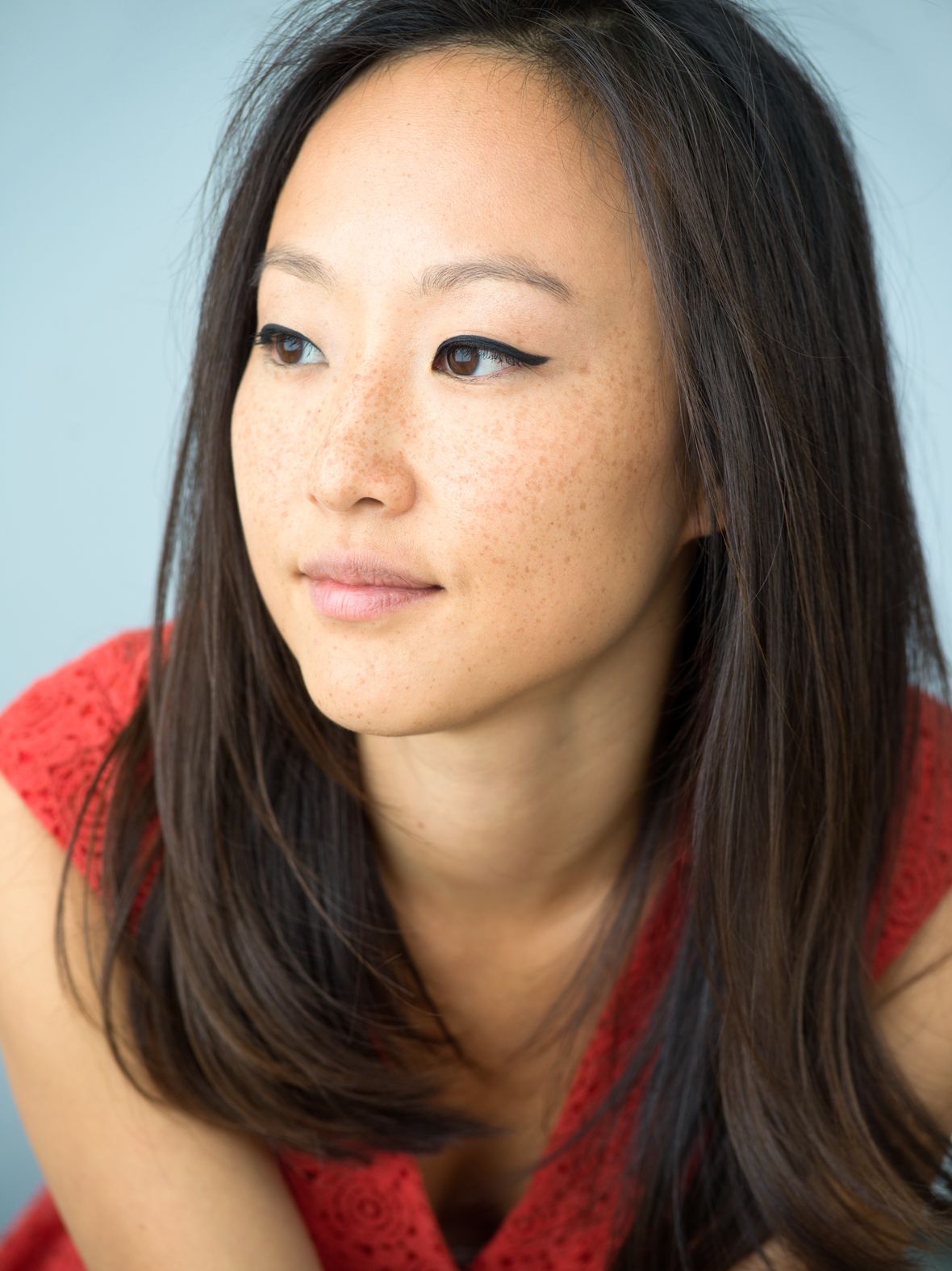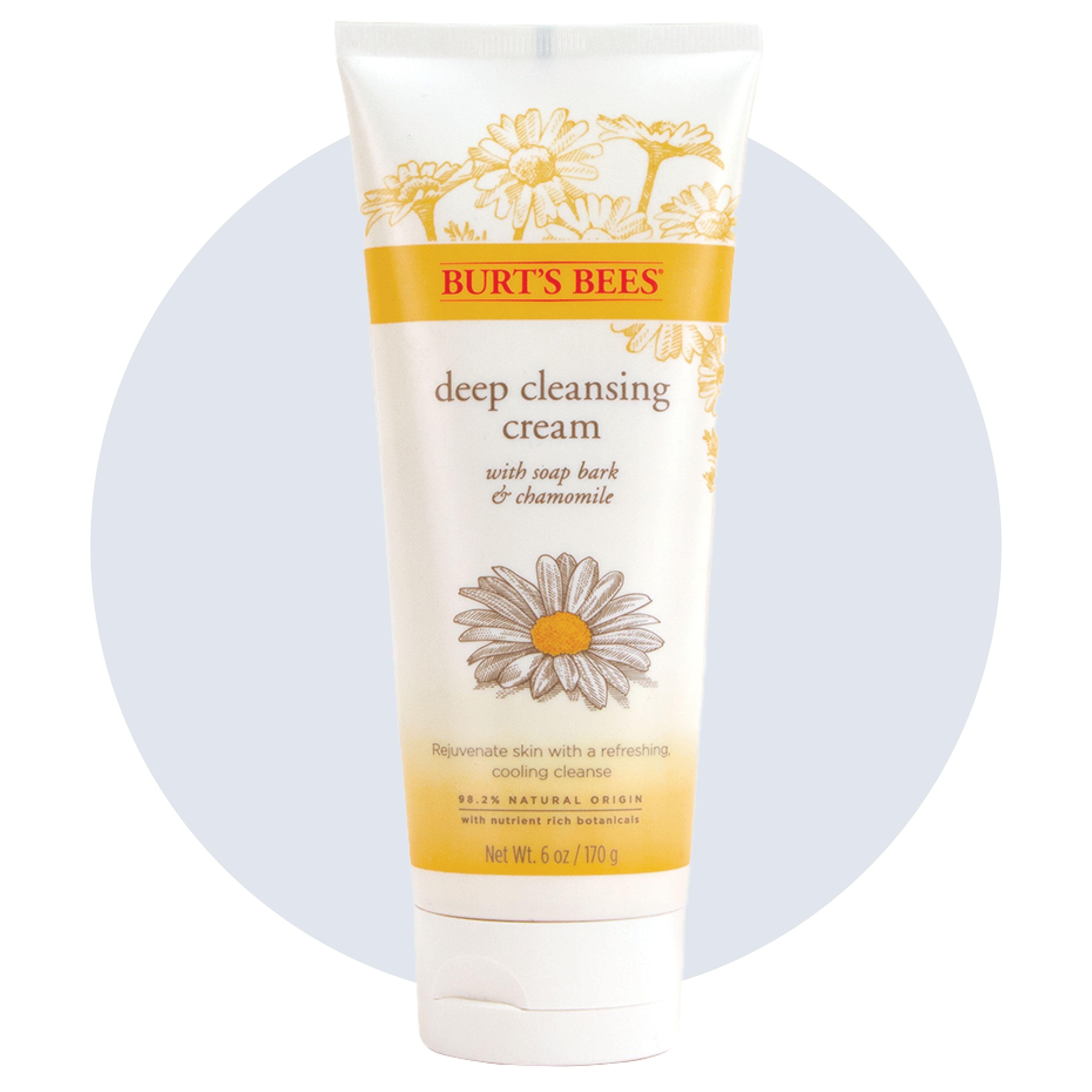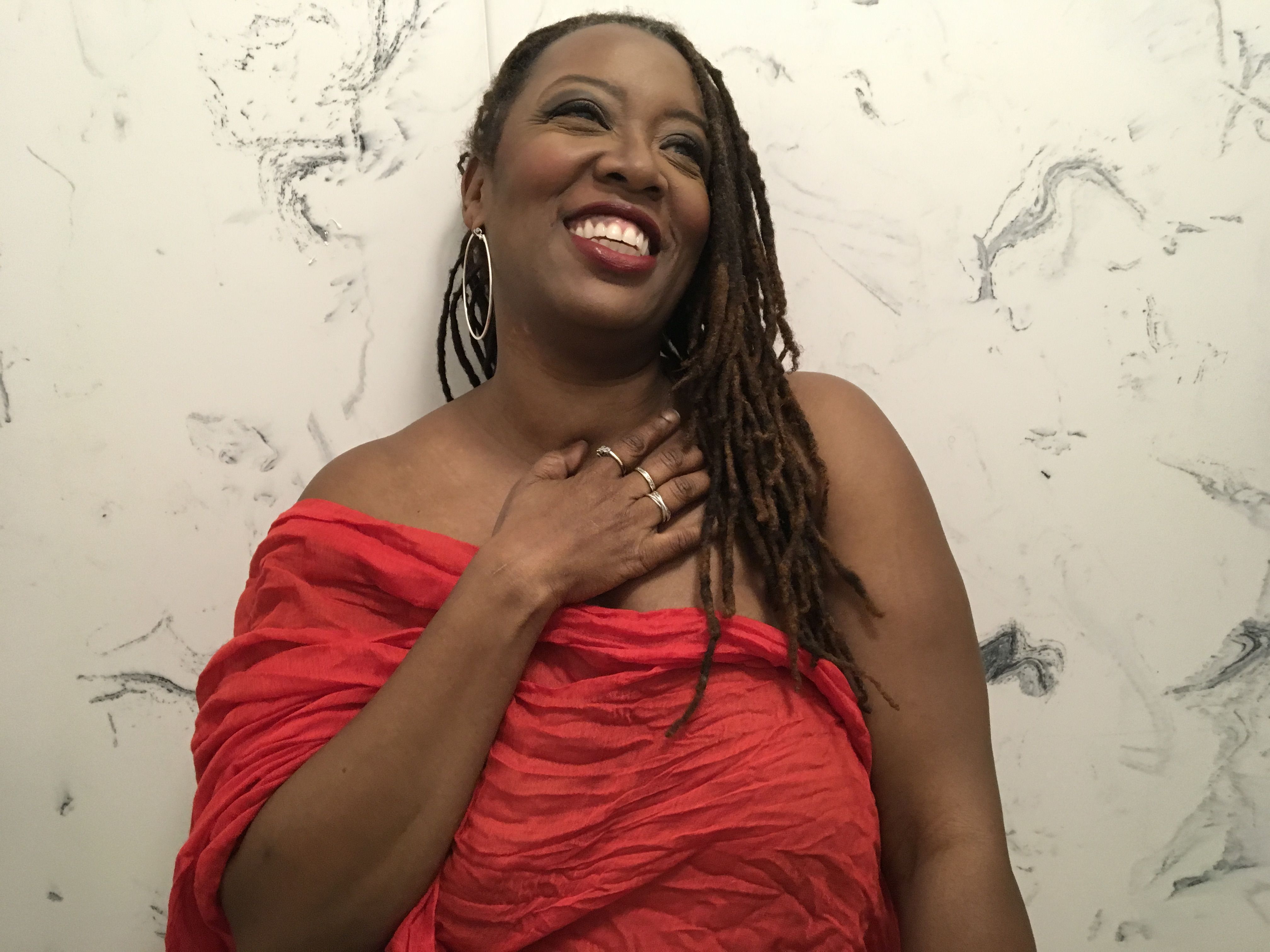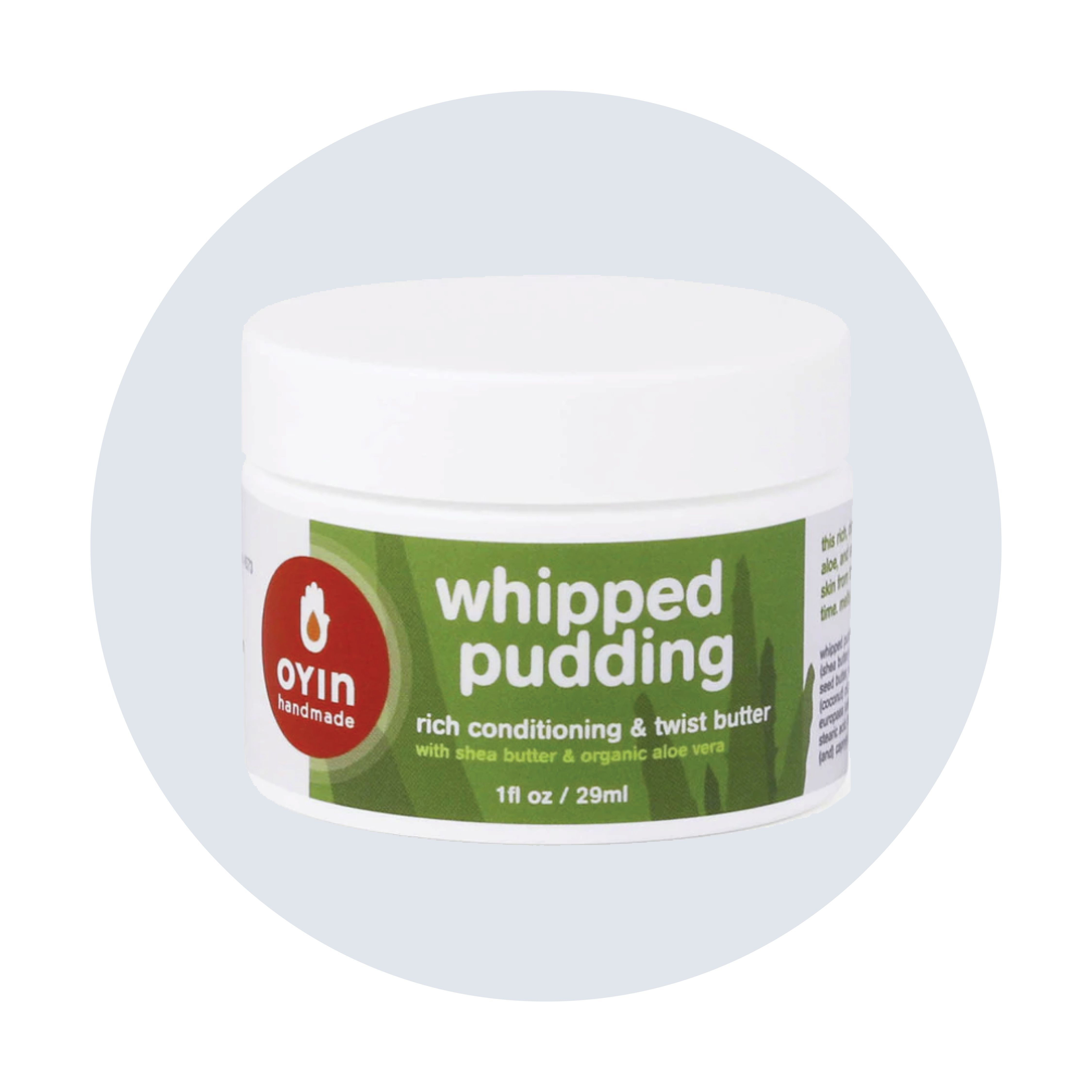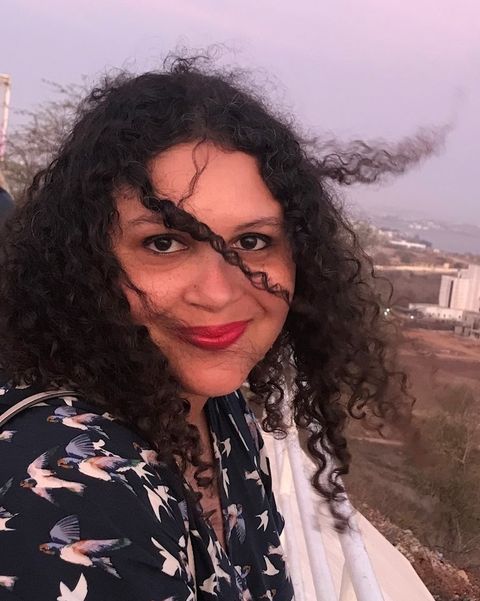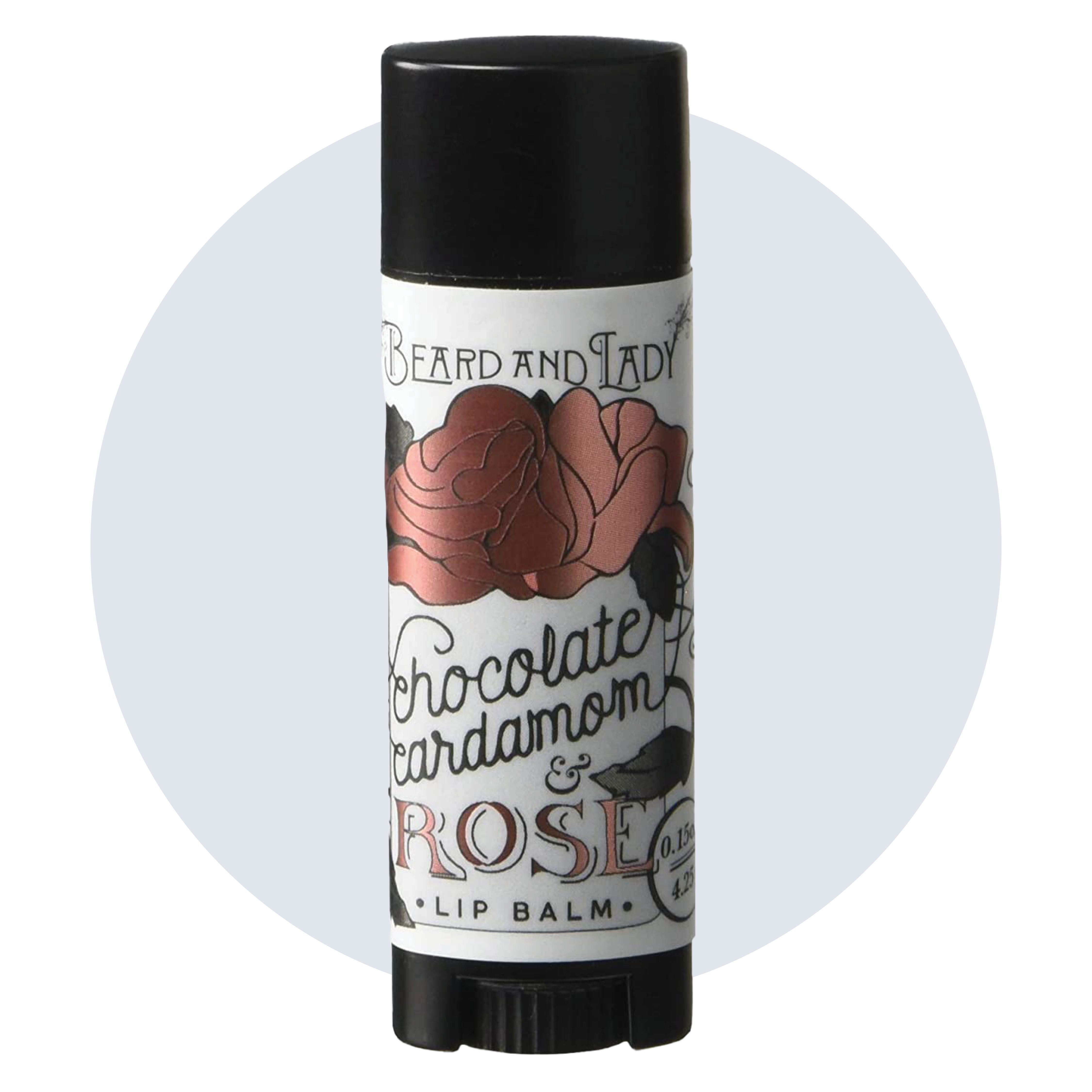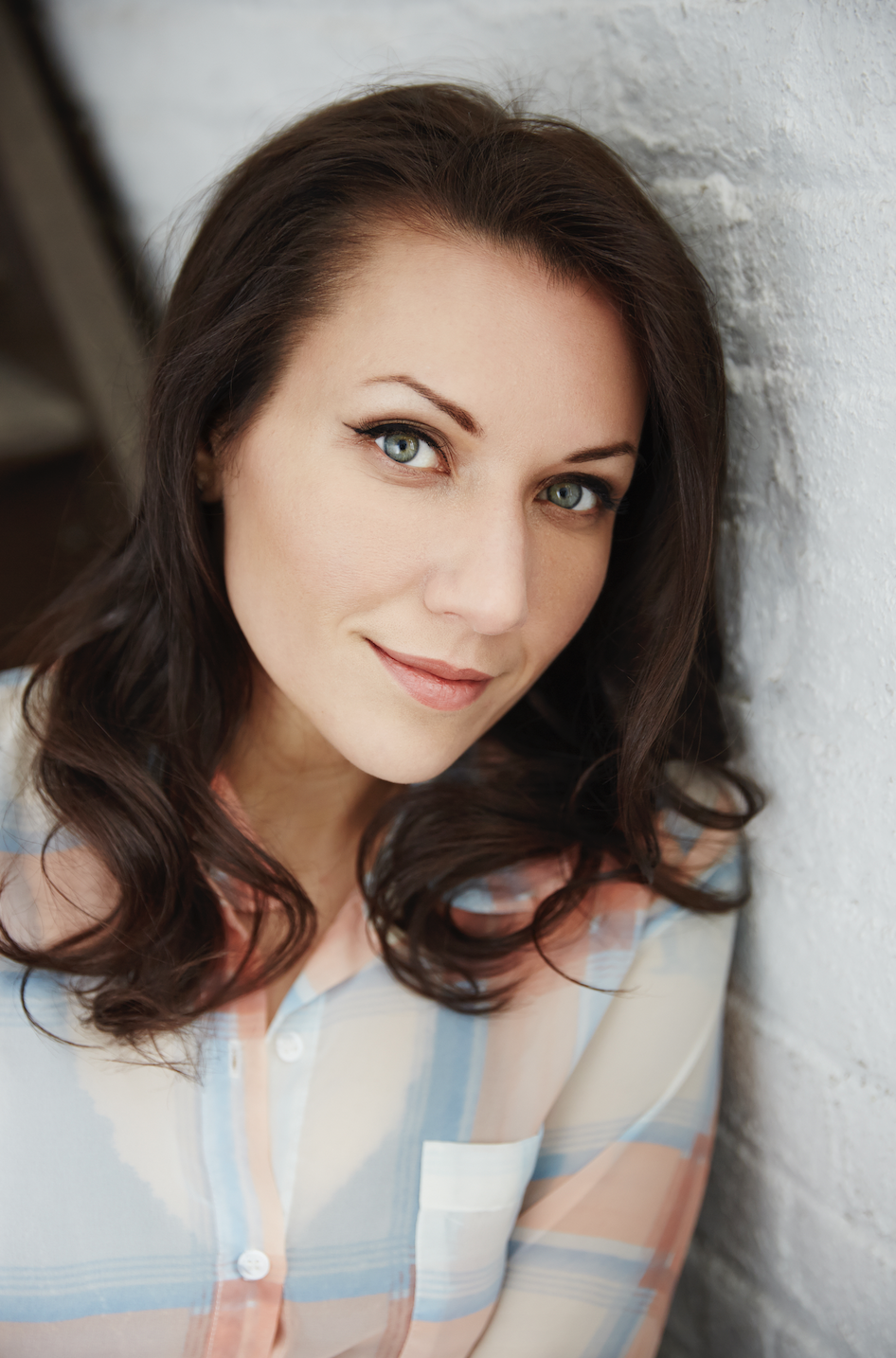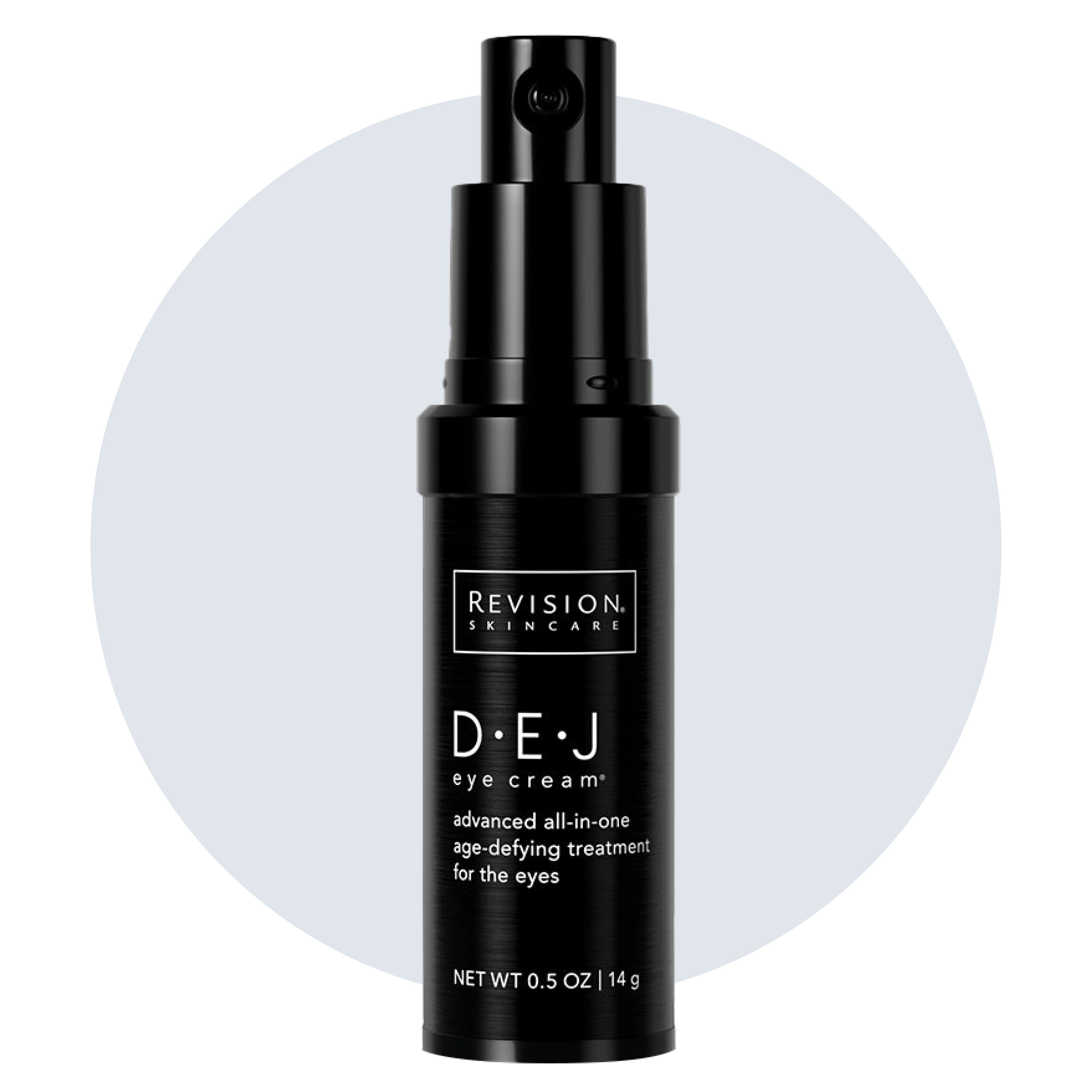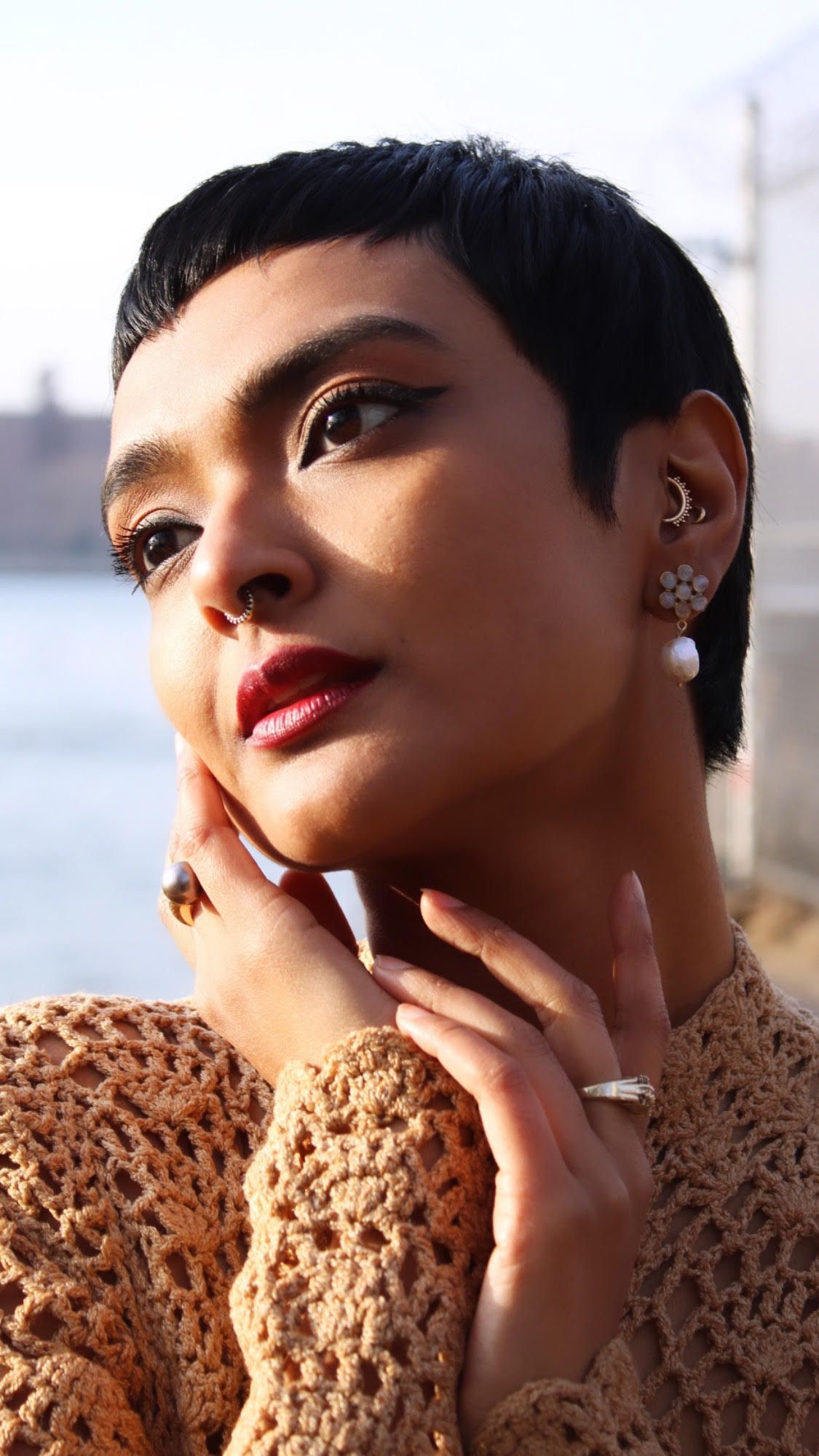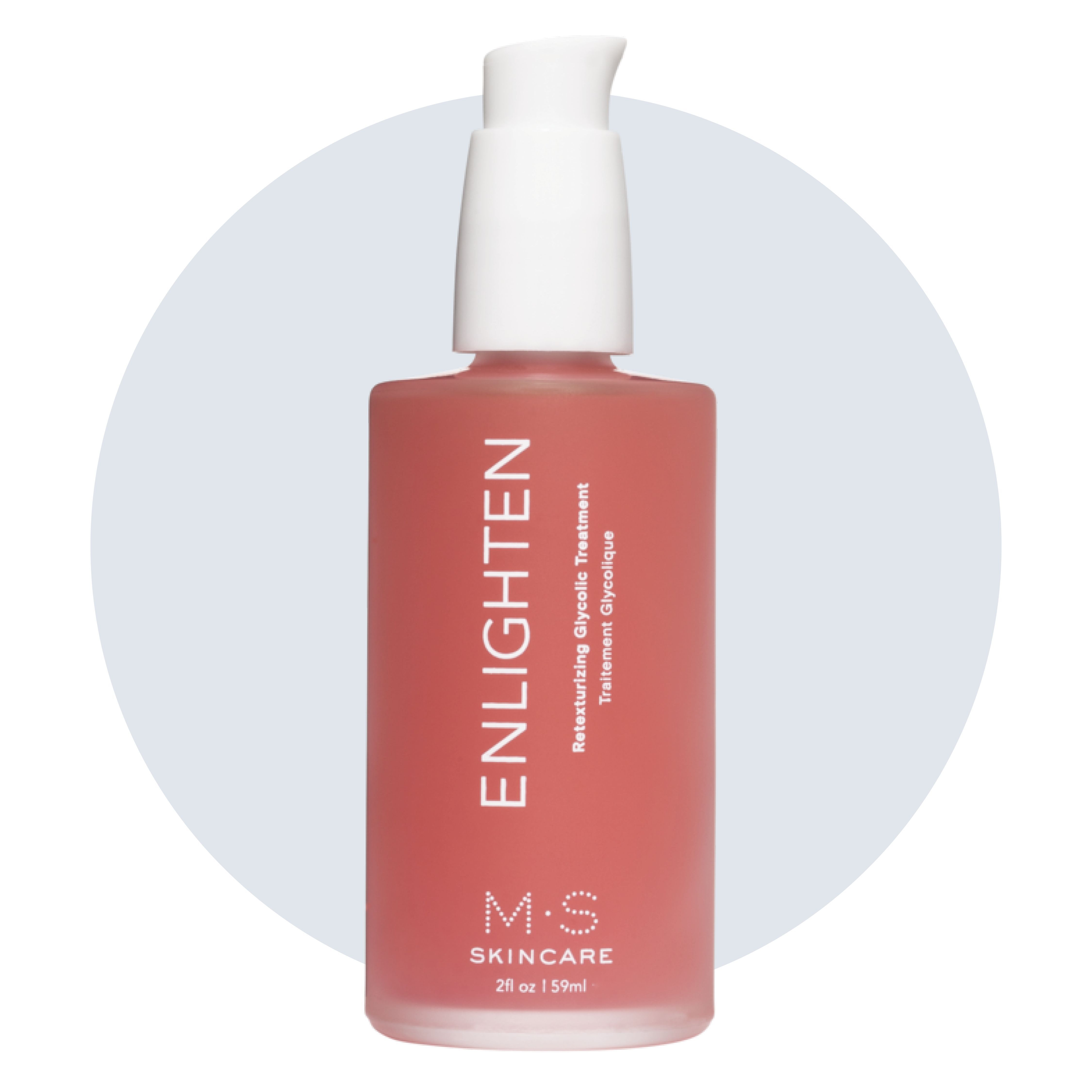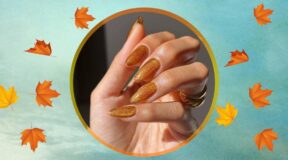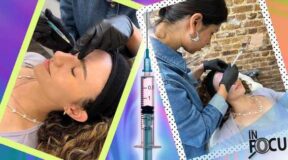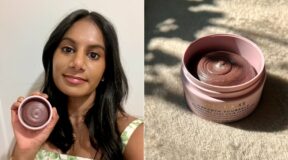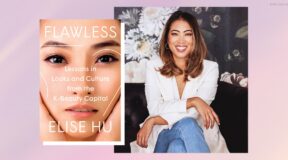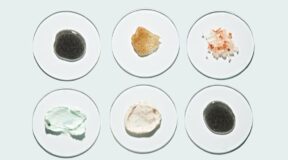A great beauty product can change your skin and your mood—but the best ones have the power to inspire years-long devotion. Just ask these six esteemed writers, who we tasked with crafting an ode to their favorite hair, skin, and makeup products for our 2021 skincare and beauty awards. Ahead, their favorite products that might just become yours too.
Growing up with a beauty-obsessed Korean mother, I spent hours watching her slather pearlescent, perfumed creams on her cheeks. My umma was always searching for the next best thing, and as an adult, I became a similar skin care enthusiast without any particular loyalties. I loved trying new products, and I was easily sold by glossy ads, friendly recommendations, and sleek packaging. Every time I finished a serum, I was on to the next. I don’t follow fashion trends, and I hate buying shoes. Skincare was my self-care indulgence, and I was a fickle consumer. That is, until I found my holy grail, my constant: the Burt’s Bees Deep Cleansing Cream.
In 2020, I was pregnant and living in Brooklyn, which was then the epicenter of the COVID-19 pandemic. Sirens blared day and night, and my anxieties shot to heights I hadn’t experienced before. As the baby kicked inside me, I worried about having to labor alone, the health of my loved ones, our unraveling world. There were so few things I could control, so I grasped for whatever I could. My skin care routine was one of them. I searched for clean, pregnancy-safe products free of parabens, salicylic acid, hydroquinone, and retinol. I tried product after product as angry pimples formed on my forehead and chin. Some cleansers left my face feeling too tight, while others were no match for my oily skin.
Burt’s Bees Deep Cleansing Cream was the surprising winner. I had picked it up on a whim during my last in-person pharmacy trip in early March. The packaging pleased me, with its simple illustration of one sweet flower. It’s made with soap bark and chamomile, and without parabens, phthalates, or petrolatum. I bought the Burt’s Bees, and then left it in my closet. A few months later, when stores were closed and I had run out of my latest cleanser, I pulled it out. I loved it immediately. The white cream had a rich, thick consistency with a pleasant, mild scent. When I rubbed it on, the menthol made my skin tingle. I felt refreshed, comforted. Best of all: It kept my oiliness at bay all day.
Burt’s Bees Deep Cleansing Cream made me realize that a skin care routine doesn’t have to be expensive or trendy to feel luxurious. Too often, I think that the higher the price point or catchier the copy, the nicer the product will be. I’ve definitely wasted money on items that weren’t a right fit. Burt’s Bees is the ideal. Found at most drugstores at the price of $7, it’s high quality while also being accessible and affordable.
I have to admit, I haven’t changed completely. After I wash my face, I still rotate through different toners, serums, and moisturizers. But I’ve found my go-to face wash, and I won’t stray. I love Burt’s Bees Deep Cleansing Cream. It comforts me, and I think we all can do with a little more comfort in our lives these days.
I discovered Oyin (pronounced “oy-yeen”) Handmade products in the mid-to-late aughts via social media—around the time I became active as a freelance writer and blogger. Oyin is the Yoruba word for “honey,” one of the hydrating ingredients in this Whipped Pudding, which is one of my beauty staples. True to its name, this hair and skin moisturizer is made with food-grade ingredients, including shea butter and aloe vera juice. It doesn’t contain any parabens, sulfates, petroleum, or silicones, and it’s cruelty free. And the best part? It’s made with love. Seriously, love is literally in the list of ingredients.
Oyin Handmade is a Baltimore-based, family-owned, woman-and Black-owned small business founded by Jamyla Bennu in 2003, back when the natural hair movement was just getting started. I can’t remember where I first saw Jamyla promoting her hair and skincare products—was it Facebook or Twitter?—but I do remember being excited about her commitment to using food-grade ingredients to create products that she and her family manufacture themselves.
The Whipped Pudding is a head-to-toe moisturizer. It gives my skin a nice glow without any greasy or oily residue. There’s some fragrance in it, but it’s pretty mild and pleasant, and it pairs well with lavender oil as a calming hand moisturizer during the day or as an all-over body moisturizer, part of my post-shower nighttime routine to help me wind down from the busyness of the day. In winter, I have to use it only once a day to keep the ash monster away, but sometimes, I use it twice a day anyway, because it feels so good. My left elbow gets an extra helping of pudding love at night, because the skin on it is rougher—the result of my habit of resting on it when I lie in bed reading.
At first, I hesitated to use this pudding as a face cream, after a bad experience with a big-name makeup and skincare line that shall not be named left me with dark spots caused by alcohol and fragrance. But I gave the pudding a try, first around my chin area, which tends to be drier than the rest of my face, for some reason. My face soaks it up during the day, and there have been no dark spots. The pudding is also an excellent night cream and a perfect creamy hair dressing for my locs. After washing and conditioning, I massage it into my scalp, and then coat each damp loc from root to end before twisting into a Bantu knot. It melts right into my hair, light enough to give it some shine without leaving any buildup behind.
I’ve never been one to invest a lot of time or money into pampering myself, but the pandemic has changed all of that. Pampering myself is something I can do to feel less like I’m stuck in the house and more like I’m relaxing and luxuriating at home. Now that I do my own pedicures at home, I try to give myself the full spa treatment. The pudding is especially good for smoothing rough heels.
I remember the first time I took in the scent of cardamom. I was in Istanbul for a day, sipping a coffee infused with the spice, and the aroma surprised me: It was soft but seductive, faintly sweet and light against the darkness of the coffee. Later, I began adding cardamom powder, at times, to my coffee or tossing its pods into my curries if I had them. My favorite find, though, was a chocolate bar infused with the spice, a bite of which took me back, immediately, to the bustling chaos of that day in Turkey.
All this came back to me when I stumbled across a page for a remarkable lip balm: Beard and Lady’s Chocolate Cardamom Rose Lip Balm. An unrepentant addict for lip products—lip balms and lipsticks litter my desks and tables—I decided to give it a try. Immediately, I was amazed; here was a simple, slender product that not only evoked a pleasant day in my past, but worked incredibly well.
Rather than what more popular balms proffer—après-ski ads of Suzy Chapstick, vague claims about the magic of scarcely pronounceable ingredients—Beard and Lady makes its balm feel like the result of a personal journey. A small, woman-owned business out of the Ozarks, Beard and Lady’s offerings attempt to capture both their love of all things vintage—they describe their products as “apothecary-inspired”—and the spirit of the regions their founders have lived in: the Boston Mountains, the Near and Far East.
Fittingly, the lip balm’s design indeed feels like something from a past era, its stylized font conjuring up images of fin-de-siècle apothecary signs, and, perhaps more meaningfully, the balm comes with a story of the owners’ travels. It “bring us back to of our first year of marriage in Cairo, Egypt,” they say on the Beard and Lady website. “Here we became acquainted with the smells and tastes of cardamom and rose that are often ingredients in Middle Eastern desserts and drinks.” I love the addition of rose, conjuring up the milky pink teas I’ve come to crave, but ultimately, the balm’s delicate but entrancing mélange of flavors is perfectly balanced, so no one note predominates.
Its other ingredients are simple but desirable: cocoa butter, shea butter, aloe vera, allowing it to be a complex lip balm with a decidedly non-complex recipe behind it. It glides on comfortably, leaving a simple shine that is pretty but not too high gloss, its texture creamy without feeling tacky. It lasts for hours at a time. And the tube is slim and oval shaped, allowing it to easily fit in a pocket or purse.
Lip balms are easy to overlook, the kind of product you may purchase on a whim in line at a pharmacy, but this one seems special to me. It feels elegant and luxurious, despite its low price. Most of all, though, it’s a charming memory through softly bewitching scents that I love reliving.
Until my early 30s, I had never spent more than $12 on a skincare product. My mother had rarely used anything but lip balm, and frugality was among the firmest tenets on which she raised me. The Bliss Triple Oxygenating Mask was a gift from a friend. Unwrapping it, I rolled my eyes.
It seemed, at first glance, to epitomize the absurdity of luxury skincare. The smooth cylindrical bottle with its trademark turquoise text resembled an actual ivory tower. It bore nothing but instructions for use. Not that more copy would have enlightened me; that was the job of the contents not the packaging. All the verbiage for fancy skincare is metaphorical—products enliven and energize, renew and rejuvenate, so that the consumer imagines the evidence of ordinary exhaustion and tragedy washed clean from her.
“You know how every once in a while you tell me my skin looks incredible?” my friend asked. I nodded reluctantly. Sometimes she actually sort of glowed. She tapped the bottle.
It sat on my bathroom shelf for a month. The problem with boycotting luxury products is that when you do possess them, they become like the settee with the plastic cover in the sitting room your aunt won’t let anyone sit in, because she’s saving it to impress the illustrious guests who do not exist. The first Diptyque candle I ever purchased, for example, took me three years to light.
Finally, a worthy event arrived. I uncapped the bottle and a salmon-colored substance dribbled out of it, emanating citrus. I massaged it onto my damp face as the instructions indicated. The promised froth formed, a chemical phenomenon as satisfying as whisked meringue. After it dissolved and I rinsed off the slimy coating, I realized why the people who pen descriptions of cosmetic products often have MFAs. To convey the effect of the foam on my complexion immediately forces me into the realm of metaphor: My skin gleamed, no, glowed. It looked more awake somehow. It was goddamned energized.
The Bliss website reveals that the Triple Oxygenating Mask contains EUK 134, hydrolyzed soy protein, and something called Fluid 02, which sounds like something Willy Wonka would expound upon while giving a tour of his chocolate factory. There’s also rice bran and grapeseed extracts. I could just as easily be reading the contents of a protein bar from Whole Foods.
While we strive to understand the mechanisms that bring us happiness, not knowing is sometimes preferable. As a writer, I spend plenty of time trying to understand things. My new book revisits the trials of my adolescence and the ways that patriarchy has conditioned my thinking. To seek an informed relationship to some things can liberate us, especially systems of oppression and the ways that they discipline us to perpetuate their harms. Understanding how a foaming mask operates has absolutely no bearing on its function.
So before each event on my upcoming virtual book tour, I will ritually massage it onto my damp skin until a full froth forms. I will wait five minutes, and then rinse. I will delight in my energized complexion and bring my glowing face to the glowing screen, again and again and again.
Every night, my face slathered in rich cream and thoughts pointing outward, I think of her. My grandmother, Isabel Hacker, who died before I could meet her. The only picture of her in existence is a small, wallet-sized print, a spectral black-and-white photograph that captures her quiet demeanor, her nap dress hanging slightly off her slender frame, her hair cut short atop her head, the see-through frames of her reading glasses giving a clear view into her piercing gaze. The picture preserves her—unblemished, without frown lines, without crow’s feet, without dark circles. This face, for me, has always been the exemplar of beauty, the one I am chasing, serum after serum.
I am now older than my grandmother was when she died, untimely, at 32. I have begun to outlive her face, as each year brings beginnings of my own frown lines, crow’s feet, and dark circles. Oh, the dark circles. Ever since I was a child, I’ve had slight tear-trough hollows under my eyes, that sunken dip I’ve come to learn is either a sign of sleeplessness, aging, or frustratingly for me, hereditary. By high school, my dark circles started emerging, hollows deepened by a young poet’s habit of writing into the witching hour. On early school mornings, my classmates would ask either if I’d gotten enough sleep or if I’d just woken up.
This is my biggest problem area, one I have spent many years sampling product after product hoping to prevent, now trying to remedy. I’ve tested everything: myriad creams with avocado and vitamin C extract, jade rollers, caffeine serums, old-school cucumbers, tea bags, and light-diffusing concealers. My hope, like my hunt, was futile. After learning that most eye products don’t actually treat dark circles, but instead artificially cover them up, I abandoned the chase.
Then I tried Revision Skincare’s D.E.J Eye Cream, and within a few weeks began to see honest-to-goodness luminous results. Was I imagining it? The all-too-familiar tear-trough hollows slowly filling out, the fine lines smoothing, the brightening of those persistent under-eye shadows. It converted me. The cream is lushly moisturizing, soothing, and pearlescent. And unlike most other eye treatments, it can also be applied along the upper eyelids to prevent hooding and creasing above the eye.
And so, my holy grail—I begin and end each day with it, a drop of pearl under the eyes, fighting the genetic shadows. And she emerges again in the mirror when I wake, my grandmother, elegant and unaging, her face bright and ethereal and alive, bewitching me to beauty.
Each new decade of our lives marks a period of transition for our skin. In the first few years of my 30s, hormonal, cystic acne breakouts left marks that seemed indelible. Gone were the days of mindlessly picking blemishes after a late, dehydrated night of drinking and smoking. I could no longer trust that my skin would shed hyperpigmentation as easily. Rather than seeing these deeper spots of melanin as a natural sign of healing, I saw the galaxy of scars as proof of harm I’d inflicted on myself, as undeniable signs of aging—a strange feeling I’d never experienced. How naive of me to believe that I’d always be able to slide by on minimal upkeep.
I washed my face once a day at that point. I tried K-Beauty and oil cleansing, despite the high-end price points of snail mucin and botanical oils, they worsened my condition, clogging pores and reactivating the cycle of bump, pick, scar. I concealed and highlighted to disguise the spots. For a while, this false, painted glow picked up my mood, but I wanted to prevent the acne altogether. Somehow, I felt as confounded as I’d been as a teenager. This era for my skin necessitated starting over; I needed adult products.
Where to find products that would work for my deep brown skin? As a femme of color, I’ve always had a double consciousness around skincare and makeup—ever since my youth, skin treatments and color ranges of cosmetics often did not imagine me. This was part of why I started my own beauty and fragrance brand; this is why I write histories about my people, whom I’ve never encountered in American literature. When my skin no longer felt like what I’d always known, I knew I had to find a way back to myself.
Then I found M.S Skincare’s Enlighten Glycolic Retexturizing Treatment, a composition by Ayurvedic herbalist Anit Hora. I had no idea what to expect when I purchased a bottle. I almost didn’t want to have any expectations—the best way, I’ve found, to go about any intimate relationship. I’d taken a few Ayurvedic apothecary classes back when I lived in New Delhi in the mid-aughts, so I had some idea of what ingredients to look for. My inner skeptic mistrusted the natural beauty blogosphere’s DIY turmeric and honey masks that never quite worked. The beauty of Enlighten awaited me.
This rose-hued and rosewater-scented miracle in a bottle features extracts known since the time of the ancients in South Asia and Persia, each beloved for their skin-saving properties: sandalwood, hibiscus, neem, and turmeric. These botanicals work synergistically with glycolic acid, enhancing the power of this alpha hydroxy acid extracted from sugarcane. Something of an East–West balance, where the ancestral and the modern coexist.
Enlighten, the heart of my M.S Skincare night ritual, became the map guiding me with knowledge much older than myself, activating a process of shedding dead skin to be born anew.
Source: Read Full Article
